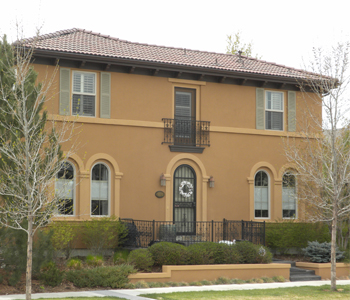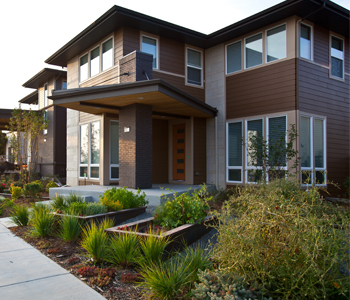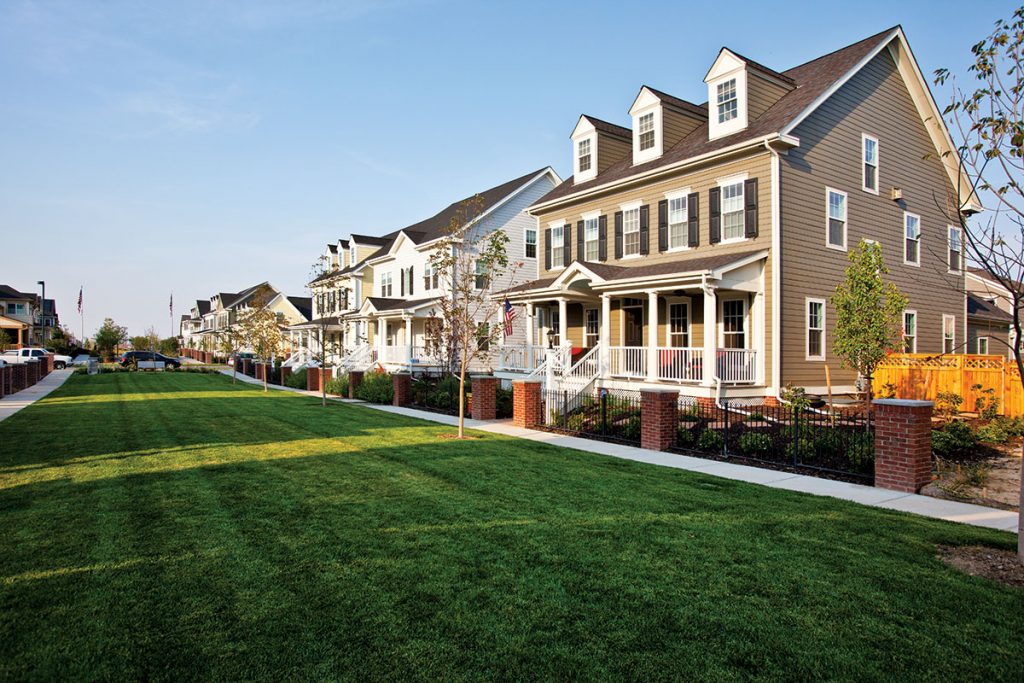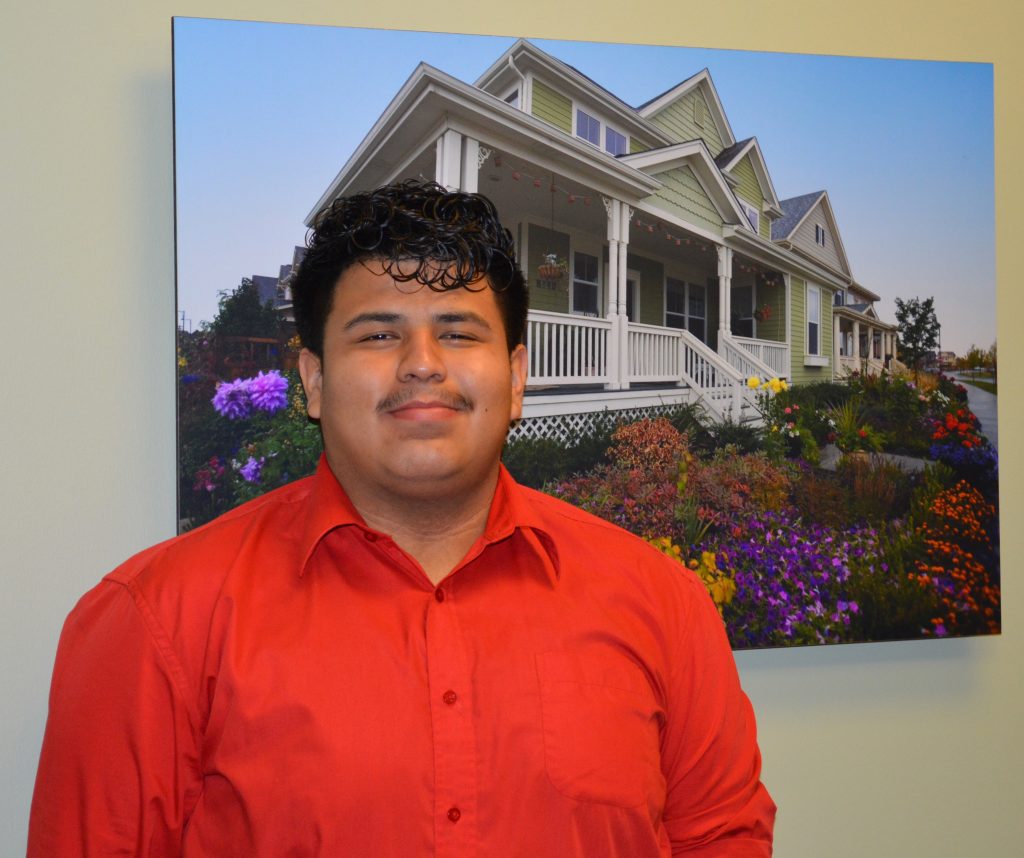My name is Fabian Martinez. I am a junior at Dr. Martin Luther King Jr Early College. Before I had the opportunity to visit Forest City (now Brookfield Properties) it never came across my mind all the work and effort that goes into these plans for the neighborhoods in Central Park. Over the past two weeks, I was able to go from neighborhood to neighborhood to see the changes in architecture over the past 15 years.
When you drive through any of the 12 neighborhoods in Central park you can feel and see the home style differences right away. From vibrant colors to architectural designs very different from surrounding areas. The difference between each neighborhood is the modernization over the years. Over time homes started going from traditional to modern. You can still sense that you are in Central Park but you can see many changes that were made. In 2002 and those early years homes were more old fashioned homes. A home design from an older neighborhood the Mediterranean revival was a home design that had a a few changes compared to the prairie that was brought out much later in the recent neighborhoods. A few changes from the two styles were that the Mediterranean is mostly covered by ceramic tiles with a thick solid appearance. This home did not have overhangs on the sides. The prairie is more of a symmetrical/asymmetrical composition of low rectangular bands. The prairie has deep overhangs to give the home an angular design.


The two pictures above emphasize how modernizing the architecture to people’s wants has had a dramatic change over time. The difference between these houses is that in earlier neighborhoods the majority of the architectural styles were traditional designs and inspired by the older Denver neighborhoods and as time progressed more contemporary architecture was brought in.
What makes Central Park what it is, is that no matter how big or small houses can be, the variety of housing types (i.e. condos, townhomes, single-family and apartments) all fit perfectly within a neighborhood of 300 to 800 homes. Because of the majority of the homes being alley loaded to bring porches to the front of the home, and the use of smaller lots, neighbors are able to interact with everyone around them.

A prominent technique used at Central Park is to design homes around small, one to three-acre courts or park areas that also promote neighbors connecting and having fun together, while still doing their own thing.
I have come to learn that architecture is the key to building a community. It can change the environment completely. Central Park is an incredible example of why architecture is important. It shows an evolution of how people used to live over the past 15 years and their preferences for architectural styles, floor plans, and layouts. Fast forward to today and you still see Central Park growing north of I-70. If you want to see for yourself on how architecture can change a community, just head down to Central Park and have a look for yourself at the 11 neighborhoods (and counting).
From this experience I was able to witness there is so much work and effort that has to happen beforehand in order to develop a neighborhood in Central Park. I never put much thought on how architecture can change the design of a home but I have come to realize it does. There is one specific architecture layout that appealed to me. Vive by Infinity Home Collection is the perfect home to me. This home collection is spot on for anyone that wants something out of the ordinary. Never before have I come across this type of house. To me it’s different and futuristic. Having the opportunity to learn about Forest City (now Brookfield Properties) and the Central Park community was fascinating. The community is always connected in some way. The best part is how people are able to gather at a park for concerts on a nice summer day.

Fabian Martinez



Nice work, Fabian!